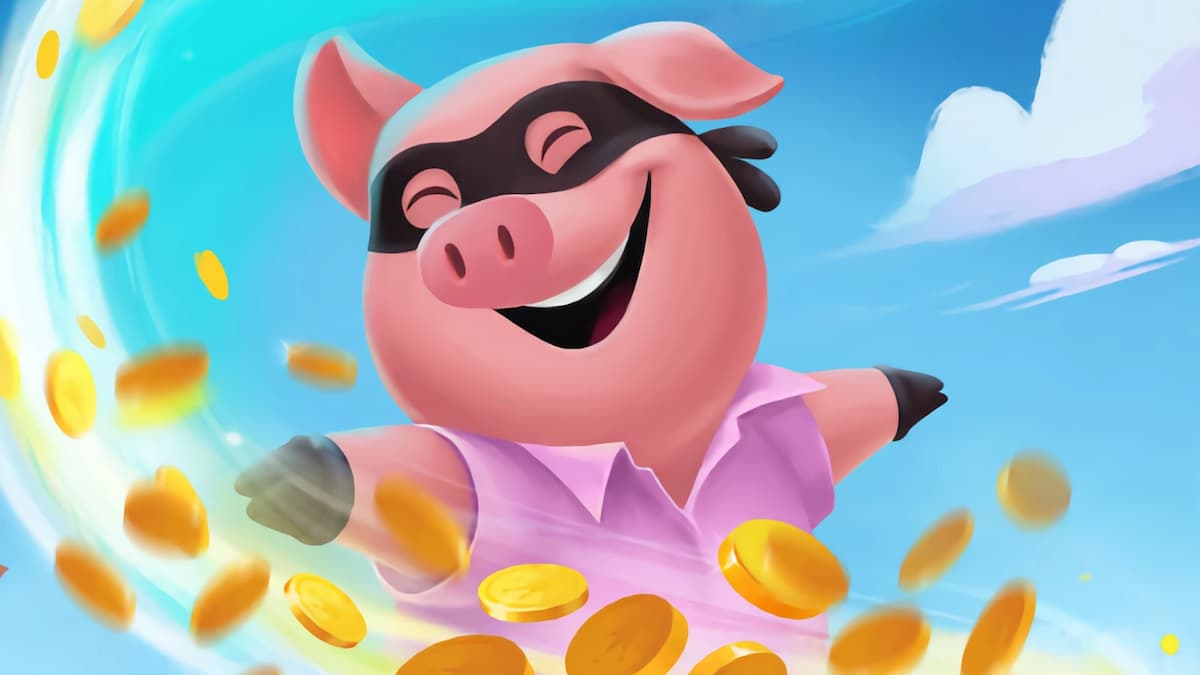How to Sideboard in MTG (Magic the Gathering)
Like a game of chess, sideboarding in MTG is a delicate subject. Do you sideboard to have a faster deck? More control? More answers? More threats? Or do you sideboard against what you think your opponent will sideboard in? Removing some things they may sideboard in for will definitely give you an advantage in MTG, but how do you decide?
Before going forward with that, there has to be a plan. Let’s start by finding and abusing the opponent’s weakness. Very often, a sideboard serves as 15 really good cards to side out your not-as-good cards in between matches and works a lot like driving blindfolded. You’ll get places, sure, but not for long.
After game one, assuming your opponent won, don’t focus on why you lost. Rather, think about why they won. Did they rely heavily on a card type? Very rarely do decks have the tools to deal with every single card. Enchantments and artifacts are often tougher to deal with. Maybe they’re just a burn deck that is weak to life gain. Sideboard in to counter whatever strategy was used in game one, not to make your deck faster or have bigger threats necessarily.
Now that you have your plan, throw it completely out the window! Okay, maybe not, but we have to be real here. A good MTG opponent will usually assume a good player will spot their weakness and board against whatever their opponent may board in. Boarding into a match, you have to assess what your and your opponent’s decks will be doing in game 1, 2, and 3. Oftentimes you see people board in heavily for game 2, then leave things as-is for game 3. This is as effective as tossing a coin. Treat any third game like it’s the second. What just happened? What were you vulnerable to? What did they have a hard time dealing with? Compose yourself and reassess using your sideboard.
Something else to consider is if you’re on the play or the draw. Some cards want you to go second in that they need your opponent to have an advantage. Weathered Wayfarer, for example, wants an opponent to have more lands than you to activate your ability. Assume you will draw this card in your first 7 and board accordingly.
Lastly, don’t go crazy with the sideboard. Psyching yourself out is a huge concern in MTG. You can read all the guides you want but if you already win all of your games at your LGS, treating it like you’re a pro player at World’s boarding in your entire board can cause you to lose more often than not. All in all, stay calm, make a plan, then throw it out the window, and most importantly, don’t forget to take whatever you boarded in for a match out between matches.
Hope this helps in making your selections! If you need more MTG help, leave us a comment below and we’ll do our best.
This post was originally authored by Alex Cruz.




Published: Apr 6, 2018 11:40 am